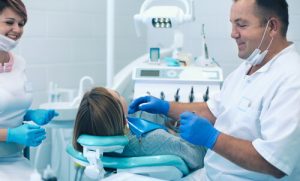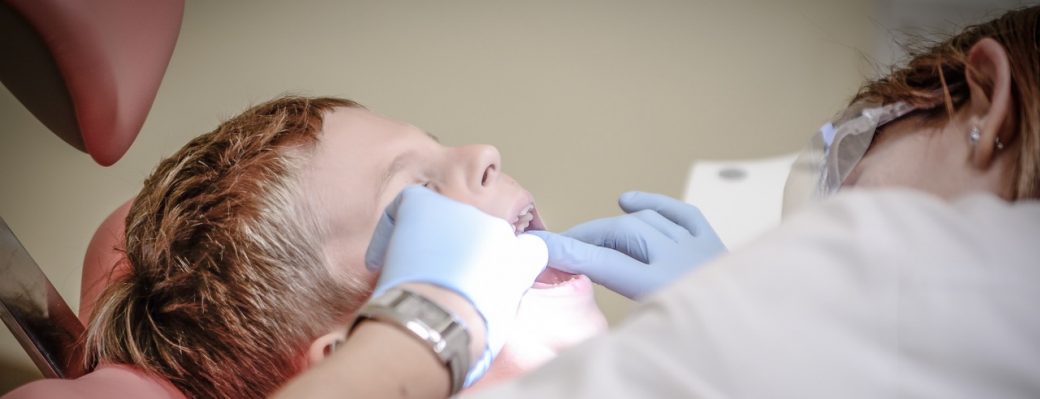Anesthesia and sedation may both be terms that you can see during medical surgeries. However, dentistry also requires different levels of sedation to complete a dental procedure. Yet, many people skip their tooth extraction, root canal, or even cleaning as they hear the word IV sedation or nitrogen gas mask. Patients can view more at www.woononadentists.com.au/iv-sedation…if intravenous or IV sedation is a requirement. Yet, there are many levels of sedation that people can ask from their trusted board-certified dentist. Here is some relevant information you may want to review before going to your local dentistry office soon.
Why Is Sedation Needed During Dental Procedures?
How vital is sedation during a dental procedure? Patients may often have difficulties staying calm, which prevents the oral surgeon from doing their job correctly. Moreover, gag reflexes, severe pain, and unexpected reactions from the body may occur. Hence, sedation and anesthesia may have more benefits for the dental professional and the patient. It may even save both of their lives as people living with HIV can have gag reflexes and may accidentally transmit the blood from the accident to the oral and maxillofacial surgeon. Parents with children who are also not confident about their oral health procedures may trust the minor level of sedation for painless treatment.
What Happens If I Don’t Go To My Dentist Due To Sedation?
Are you experiencing fear of going to your dentist for your upcoming oral care appointment? If yes, then it may be a risk that you are allowing. Cavities can start to spread from a chipped or cracked tooth. The further you avoid the urgency of having a checkup, the faster the bacteria and infection will spread. It may be too late and may even require additional dental operations once you decide to continue. If you want to decrease the scale of pain you may experience, respond to the immediate need of your oral health care problem today.
What Are the Four (4) Levels Of Sedation In Dentistry?
Unlike medical problems, dentistry has various levels of sedation in which patients are drug-induced with control. This process is reversible and only has fewer complications. Those who are not trained to do sedation should not use this practice. That explains why most dental offices and clinics have a separate dentistry specialist, like an anesthesiologist, to render the continuum. What better way to determine your proper oral health care than to discuss the four levels of sedation? You may ask your local clinic or center for other options that they may have under these levels.
Minimal Sedation (Anxiolysis)

Often, a patient that requires minimal sedation or anxiolysis only needs local sedation or analgesics. Among which are oral tablets, laughing (nitrogen) gas mask, or a simple injection. Procedures may include teeth whitening, cleaning, administration of crowns, and receiving reversal sedatives. Both adults and children may have this minimal analgesic and are conscious during the whole period. Yet, if this level of sedation isn’t enough, the doctor may require a higher dose of analgesia.
Moderate Sedation
A person receiving moderate sedation are those who may be conscious but not remember what happens afterwards. Other side effects may include slurring of speech and dizziness. However, the impact of the analgesics will go away after a few hours. Dentists will only use this scale or level when a patient has issues with cardiovascular diseases. Furthermore, maintenance of consciousness during this period should be regulated as continuous dosages may increase accidentally.
Deep Sedation
A patient receiving deep sedation is already unconscious but may respond to a doctor’s stimulus while operating. Maintenance of oxygen is wholly advised as an anesthesiologist may give verbal or physical commands during the surgery. Deep sedation can be intertwined with general anesthesia, as both can completely knock out a patient. Yet, deep sedation may be different as it can still have fewer side effects than vast amounts of analgesics in general sedation.
General Anesthesia
General anesthesia is not a common type or level in sedation that a patient may need. Only emergencies like severe cranial with facial fractures may require available sedation. On the other hand, difficulty in handling patients with special needs may also have general anesthesia or deep sedation. Although this is not a common technique or method since there are pediatric clinics and psychological sessions before a dental procedure. Yet, family members with patients who have special needs or challenging behavior must prepare for these two levels of sedation in dentistry.
Dental Diseases That May Need A Higher Level Of Sedation
What happens if your agitation in your conscious analgesia gets the best of you? More than the sample side effects listed here are possible. Heart attack, jaw, and neck pain, as well as breathing problems, can even be linked to unattended dental emergencies. A patient may even have to consult an orthodontist or a periodontist to administer a treatment after going for the various levels of sedation. What are the other diseases that may require higher levels of sedation?
- Dry Socket In Gums
After tooth extraction, unexpected risks such as dry socket deep in the gums. In this case, you may have to expect your anesthesiologist expert to render a higher dose. Dry socket may have a bacterial infection that shows as pus. One of the most common complaints that oral care experts hear is the improper healing of the gums. Thus, we always suggest having anesthesia or sedation to aid in less trauma and infection.
- Impacted Wisdom Tooth
Operating to extract an impacted wisdom tooth is very painful. In fact, misalignments like malocclusion and crowded teeth make wisdom teeth harder to remove. A patient may expect to receive mild to moderate sedation or anesthesia, depending on the X-ray results.
- More Than 6 Months To 1 Year Dental Disease
Neglect in daily hygiene can make the levels of sedation develop from a lower to a more significant level. With this in mind, it is better for patients to brush their teeth regularly, floss in between gums, and use a proper mouthwash for their oral cavity. Pediatric and primary care dentists must also keep in mind that children, teenagers, and adults may have anxiety or depression during this period. Families may seek primary mental health care from a psychologist or a reflexologist for relaxation techniques.
- Other Types of Medical-Dental Surgical Procedures

The medical aspect of dentistry may require the consciousness of a person to be on hold. Patients with congenital or birth disabilities may also receive higher levels of sedation. It is evident for children with cleft palate to have deep sedation. Although, it is not necessarily advisable to use these drugs as there are side effects while operating. A minimal sedative may not be enough to control the agitation of the child. Hence, the procedural for anesthesia may have a continuum on the patient for completion.
Can Patients Avoid Having Sedation?
You may be asking if there is a way to skip sedation despite the scale of problems still. However, not every dental procedure requires patients to have sedation. Truthfully, local anesthesia is only applicable for tooth extraction and other invasive procedures. Meanwhile, most oral healthcare solutions may only give conscious, general sedation. It is vital for practitioners always to get updated with the guidelines for the procedures of administration, according to the American Dental Association (ADA). Among all of the hazards in a patient’s appointment, it is notable that the prevention of healthcare for their condition is the most substantial reason.


